7. Disney California Adventure Collection
Artist: Greg Maletic
When Disney’s California Adventure opened in 2001, even die-hard fans couldn’t find much to celebrate about the underbuilt, underfunded, and creatively starved park. We chronicled the darkest days of Disney’s biggest bust ever in its own standalone feature, Disaster Files: Disney’s California Adventure.
However, the dismal performance of the original park did spark something Disney had never done before: it admitted defeat. Disney’s California Adventure was gifted a ten-year makeover topping $1.5 billion, introducing new attractions and new lands along the way. The park closed for a single symbolic day and re-opened the next morning – June 15, 2012 – with its own custom-designed attraction poster collection.
Though Greg Maletic designed each, he carefully considered the eras of Californian history represented by each of the park’s themed lands when selecting colors, textures, and styles. For example, the Red Car Trolley attraction poster is designed to resemble a real Pacific-Electric Trolley poster as it would’ve appeared in the 1920s, complete with the park’s iconic Carthay Circle Theater and advertising "The Shortest Route Between Buena Vista Street & the Hollywood Tower Hotel." Speaking of which...
Speaking of which, the poster for the park’s Lost Legend: The Twilight Zone Tower of Terror would feel right at home in a 1940s cinema showing a sci-fi movie marathon, capturing both the extravagance of the Hollywood Tower Hotel and the eerie darkness of an episode of The Twilight Zone.
Meanwhile, the poster for Grizzly River Run resembled a 1930s National Park Service poster, including a silk-screened look with only four or five distinct ink colors – appropriate for the new land’s historic and reverent National Park theme.
The park's opening day Lost Legend: Soarin’ Over California received the same treatment…
Artist: Greg Maletic (2012)
… and of course, the park’s new headlining E-Ticket Radiator Springs Racers in the incomparable Cars Land got in on the act, too. The brilliant collection is a work of art in its own right, stylistically connecting the park’s rides and lands in an overarching visual style that suits the distinctly Californian park... Even if that Californian focus has all but faded in the four years following the makeover.
Image: Disney / Marvel
For example, it’s believed that Maletic also designed the attraction poster for Guardians of the Galaxy – Mission: BREAKOUT!, though it’s unclear what era of Californian history the poster may have been based on. (That’s a joke.)
8. Space Mountain: De La Terre à La Lune
Artist: Tim Delaney, Rudy Lord, and Stuart Bailey
Location: Disneyland Paris
There may be no attraction poster as instantly stunning and complex as the one designed for Disneyland Paris’ one-of-a-kind interstellar coaster. To fit Disneyland Paris’ unique European-retrofuture-inspired Discoveryland, the cosmic coaster was redesigned from the ground up as a tribute to Jules Verne’s From the Earth to the Moon, catapulting riders via the gleaming bronze Columbiad Cannon into the stars.
Entirely different from the more sci-fi Space Mountains across the globe, the beautiful Lost Legend: Space Mountain – De la Terre à la Lune was a wonder as detailed, thoughtful, and romantic as its poster. Today, the ride has been permanently reassigned as Star Wars Hyperspace Mountain, even if the golden steampunk exterior and ornate Victorian cannon seem an odd fit.
9. Flying Saucers
Artist: Rolly Crump (1961)
Location: Disneyland
Perhaps one of the most short-lived attractions in Disney Parks history, the enigmatic Flying Saucers live on as a legend. Located in Disneyland’s Tomorrowland, the family favorite featured single-person “saucers” that would float on a cushion of air not unlike pucks on an air hockey table. Guests would zip to-and-fro, bouncing and rebounding from one another.
While truly groundbreaking and astounding in its engineering, the Flying Saucers were expensive to operate, required extensive maintenance, and offered a low hourly capacity relative to Disneyland’s attendance. Even so, the attraction poster remains a marvel, if only because Disney Legend Rolly Crump designed it. Crump even reported that Walt saw his design and asked, “Is that it? That’s the drawing?” Rolly responded, “That’s my style.” Walt, appreciating his candor, said “Oh, okay!”
Artist: Greg Maletic (2012)
Location: Disney California Adventure
Interestingly, John Lasseter – lifelong Disney fan and Chief Creative Officer of Pixar and Walt Disney Animation Studios – saw Disney California Adventure’s Cars Land as the perfect place to revive the lost Flying Saucers concept... and to recreate the lost attraction poster. Luigi’s Flying Tires opened with the reborn park on June 15, 2012. It didn’t even last as long as the original Flying Saucers, closing in less than three years to make way for Luigi’s Rollickin’ Roadsters – an LPS-guided family flat ride.
10. The Monorails
Artist: Paul Hartley (1959)
Location: Disneyland
The Disneyland ALWEG Monorail opened in 1959 (on the same day as the Submarine Voyage and the Matterhorn Bobsleds, with all three earning the newly-created E-Ticket designation and prompting a “Grand Re-Opening” of Disneyland). The first daily operating monorail in the Western Hemisphere, Walt had intended the Monorail to be a sincere display of the future of mass transit. The Tomorrowland ride originally offered a “grand circle tour” of the park’s Submarine Lagoon and Matterhorn, though it would later be extended to reach the Disneyland Hotel.
Unfortunately, the ride’s inclusion in Disneyland cast the technology in pop culture as more of a theme park novelty than a believable model of public transportation, and the Monorail has never really taken off as an urban transport tool. Instead, it became more or less synonymous with Disney Parks.
Artist: Paul Hartley, adaptation unknown (1971)
Location: Walt Disney World
Its most famous installation, of course, would be at Walt Disney World, where the Monorail really did become a legitimate transportation system, connecting Magic Kingdom (and the deluxe hotels near it) and Epcot via a series of spurs and circuits. Fittingly, the attraction poster was redesigned to replace the Matterhorn with the Contemporary Resort, creating what may be the only attraction poster for a ride that’s outside the theme parks. From 1959 to 1971 and unto today, the poster still looks modern and attractive. Now that’s timelessness.
Conclusion
Art, cinema, entertainment, engineering… Disney Parks have always blurred the lines. That’s why, for may Disney Parks fans, park maps and attraction posters are the closest we can get to encapsulating what makes Disney Parks so special. Through these media, we can trace the growth of Disney Parks alongside shifting trends in art and entertainment, all the while using posters to imagine what awaits in the indescribable adventures that the Parks offer.
And still, our look here has barely scratched the surface of the Disney Parks attraction posters out there.
Now, we want to know from you in the comments below. Which Disney Parks attraction posters are your favorite? Why? Do you gravitate toward certain styles, eras, or even artists? Which must-see posters did we miss?
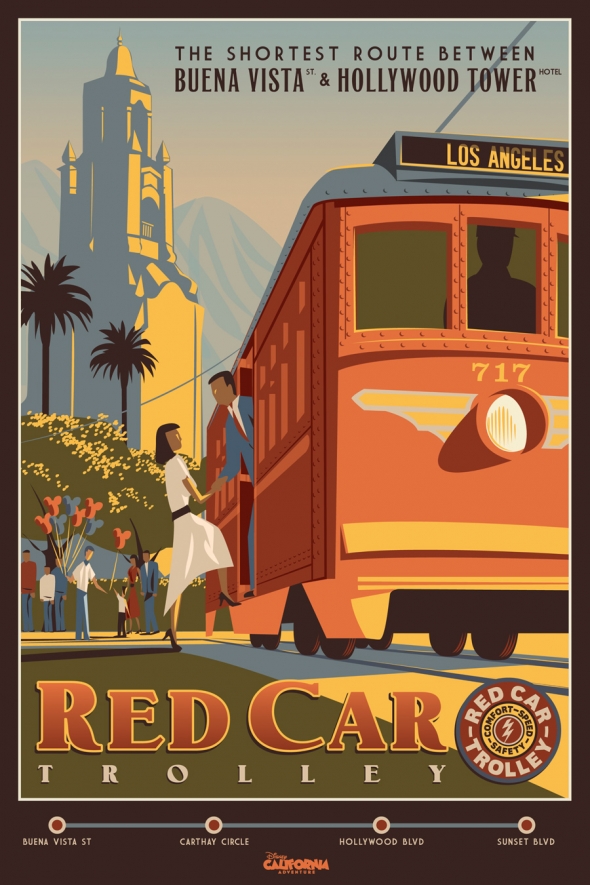
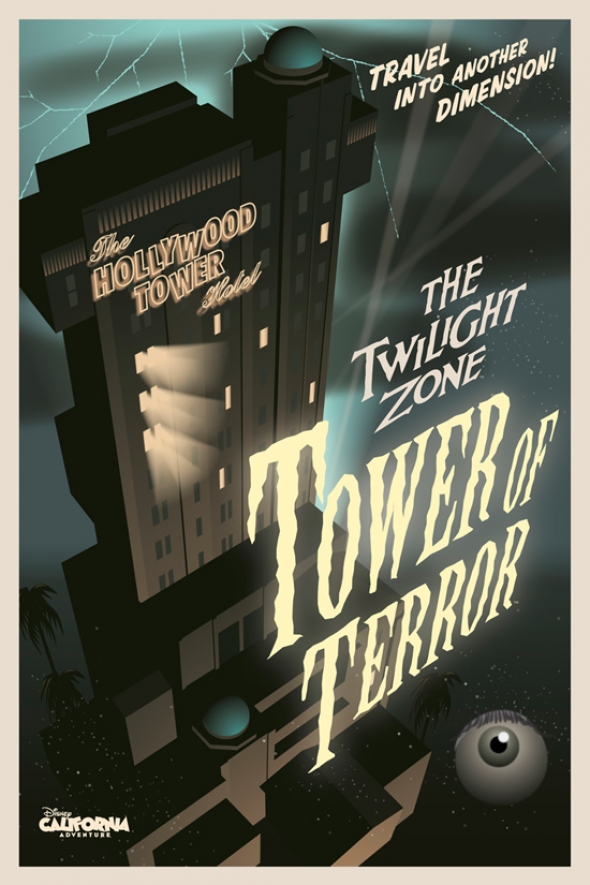
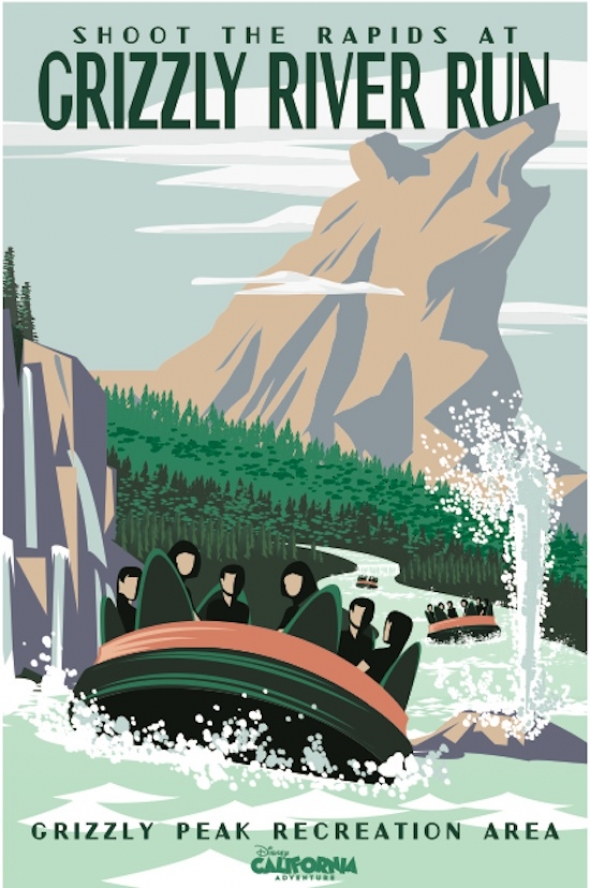
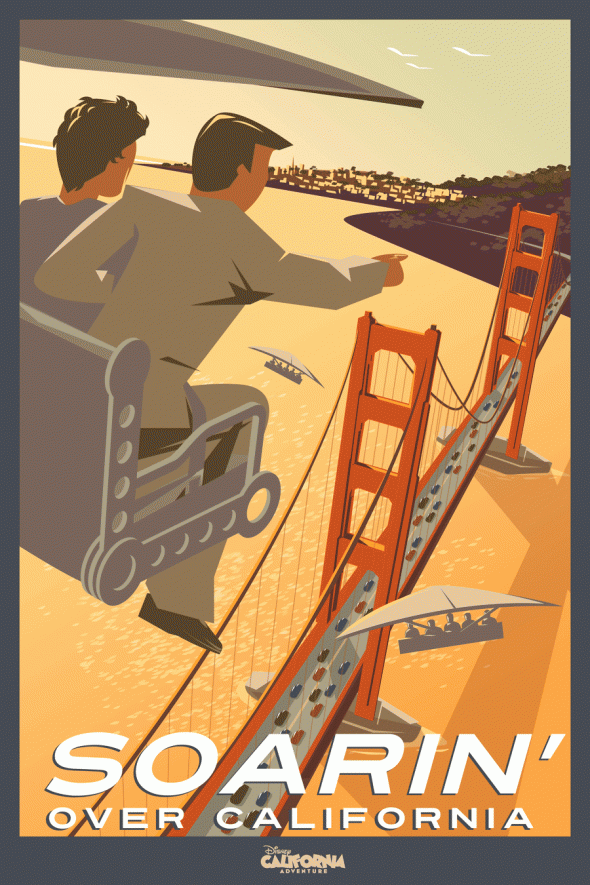
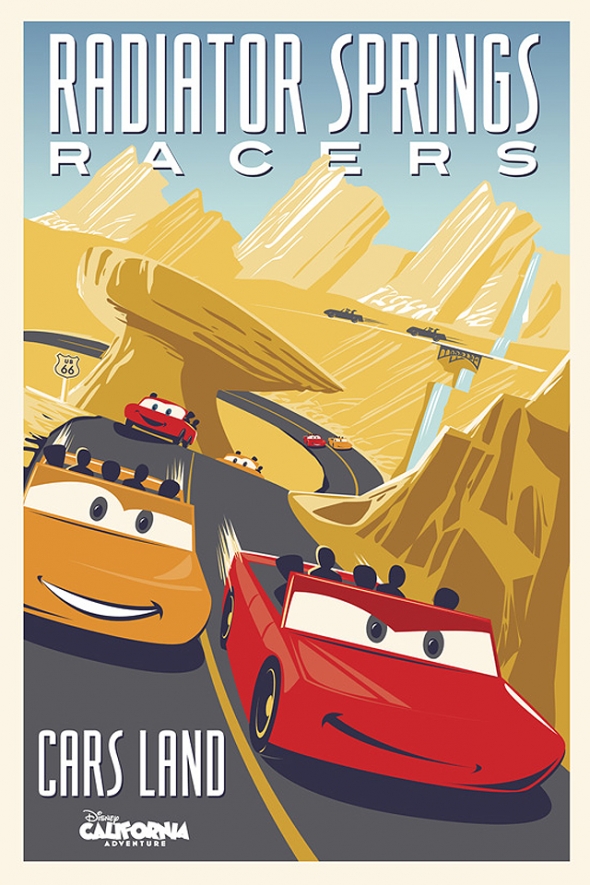
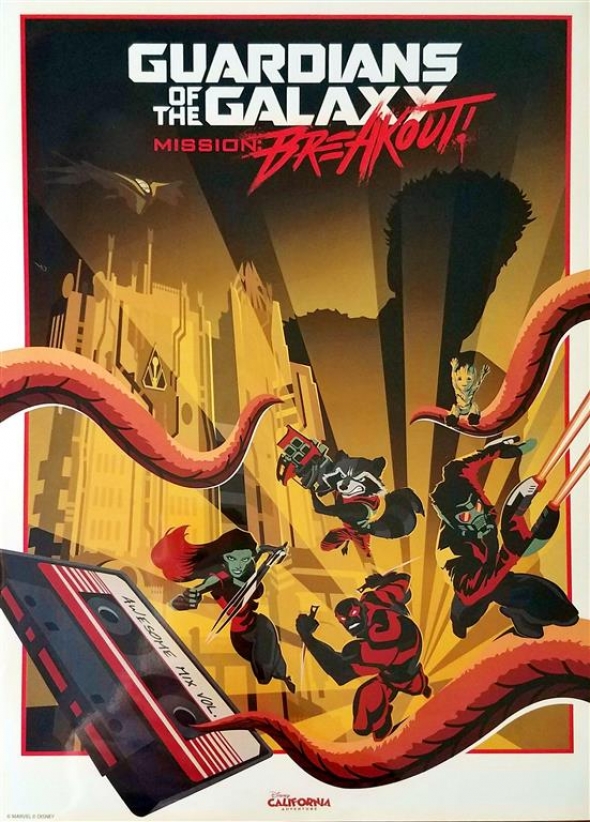
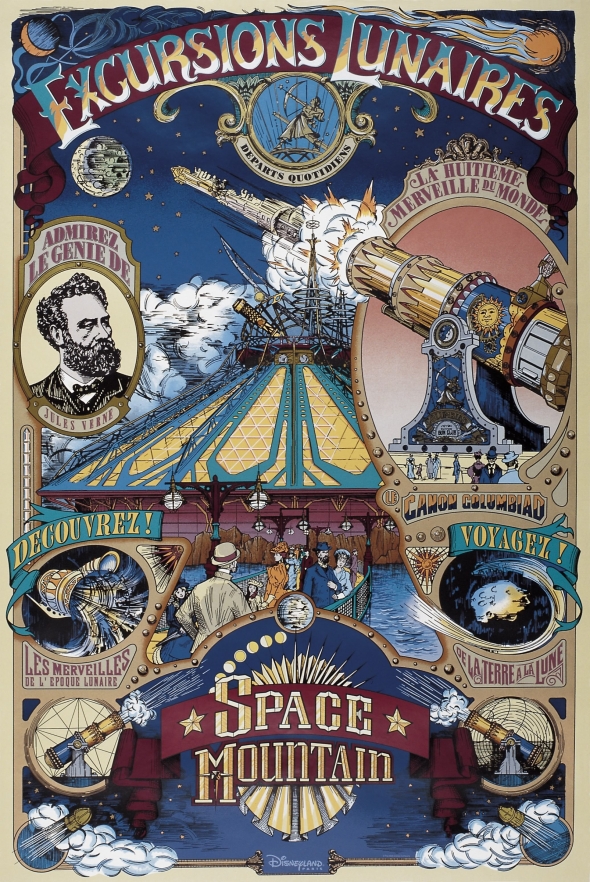
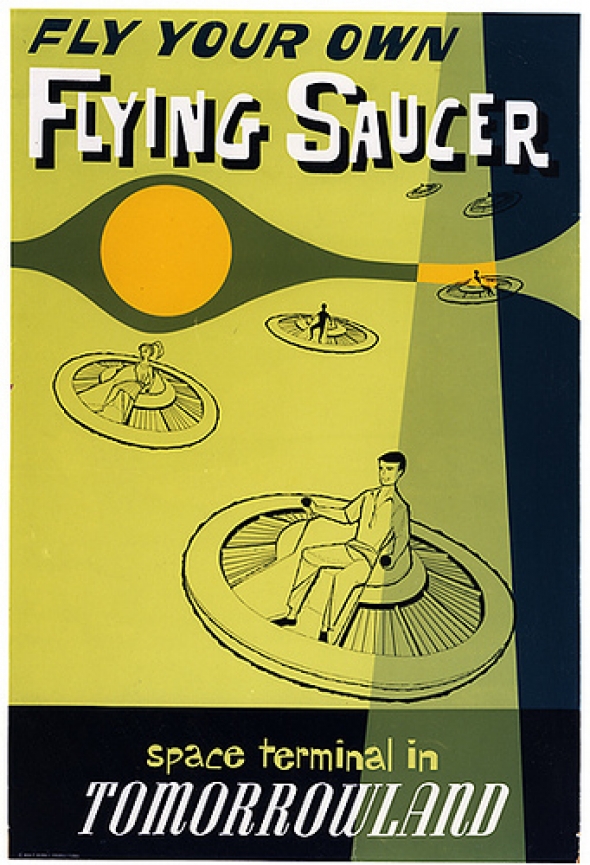
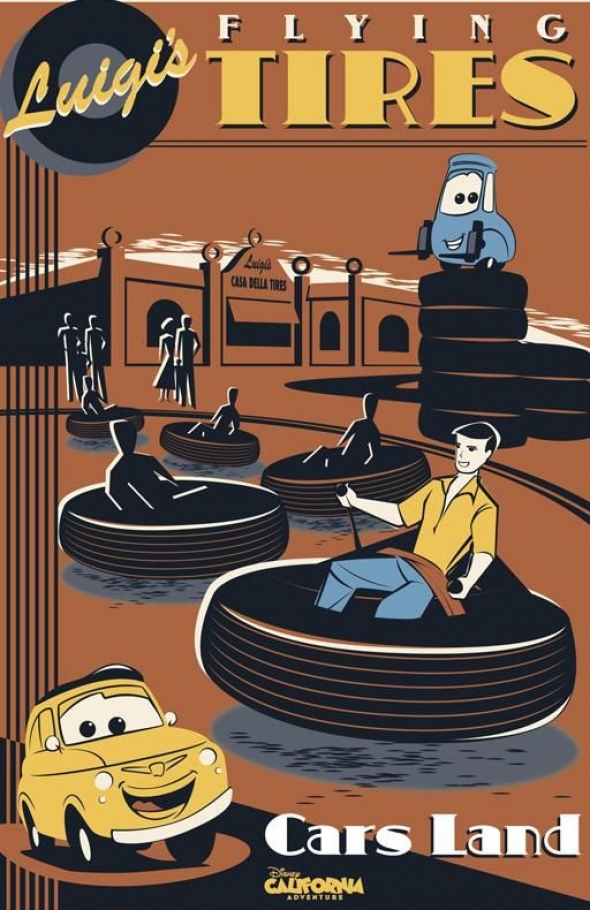
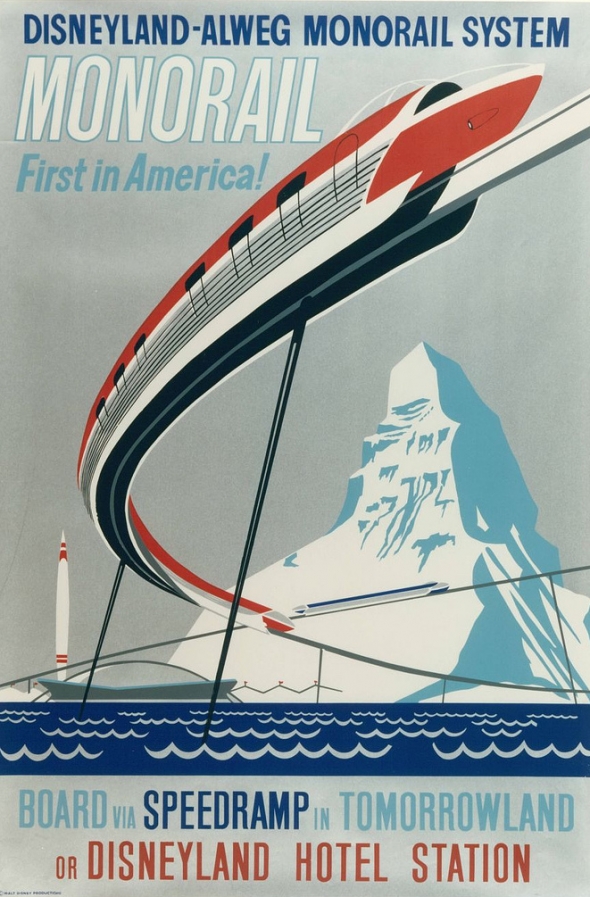
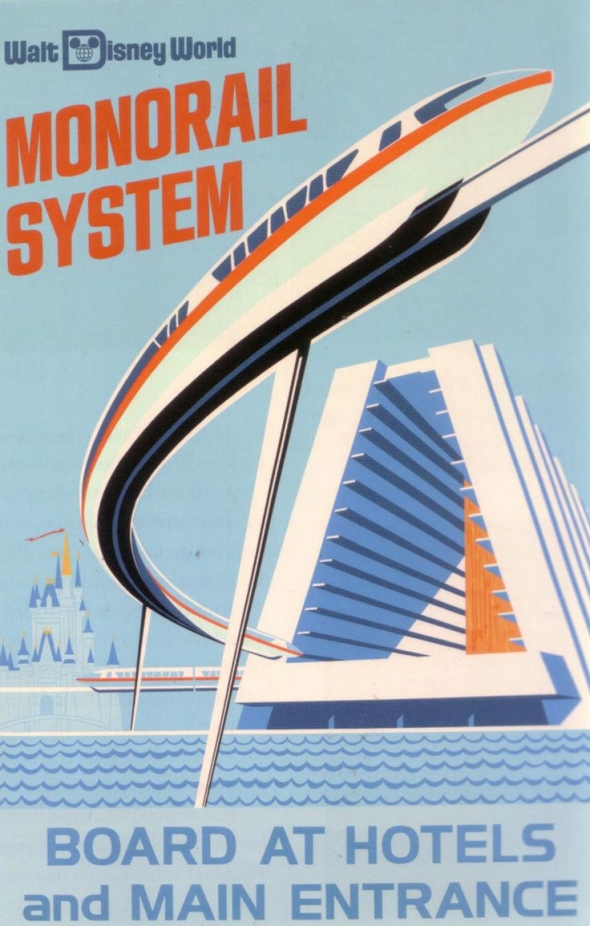

Add new comment